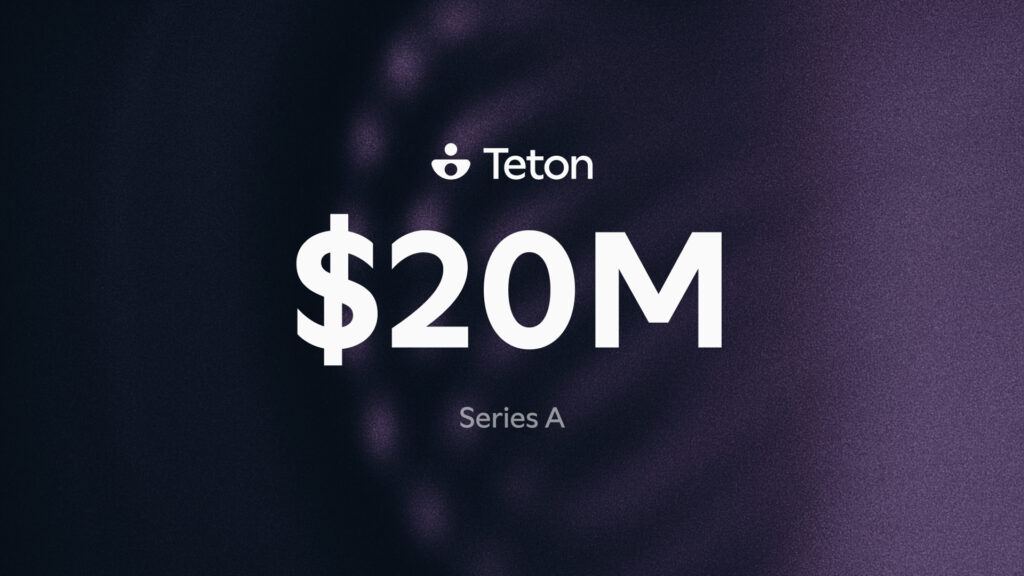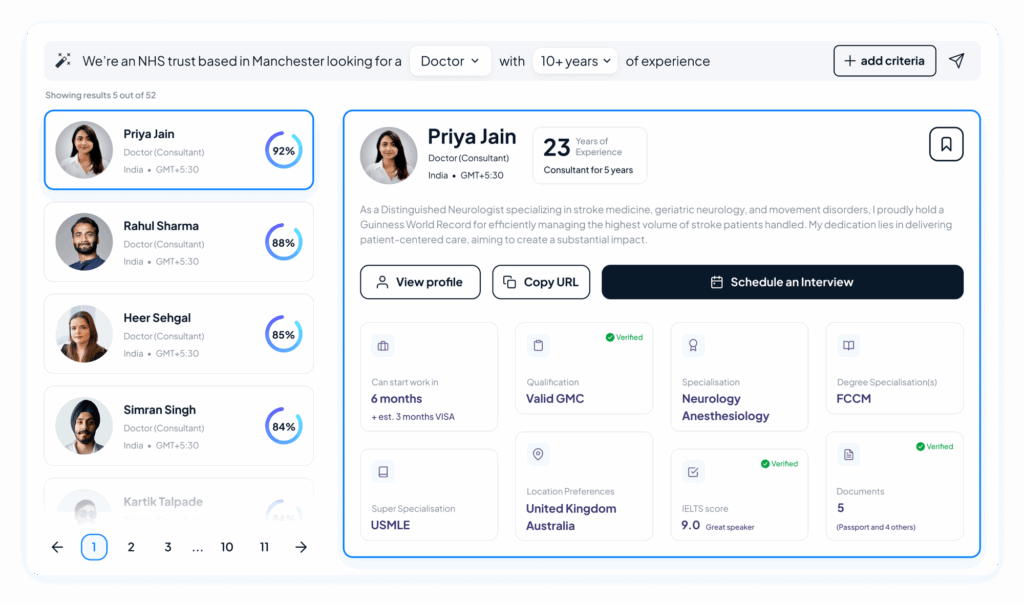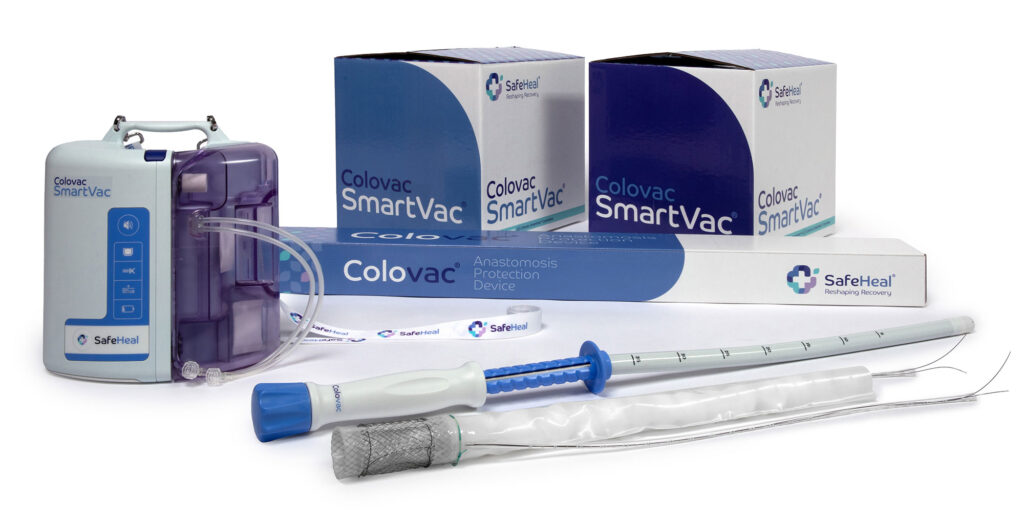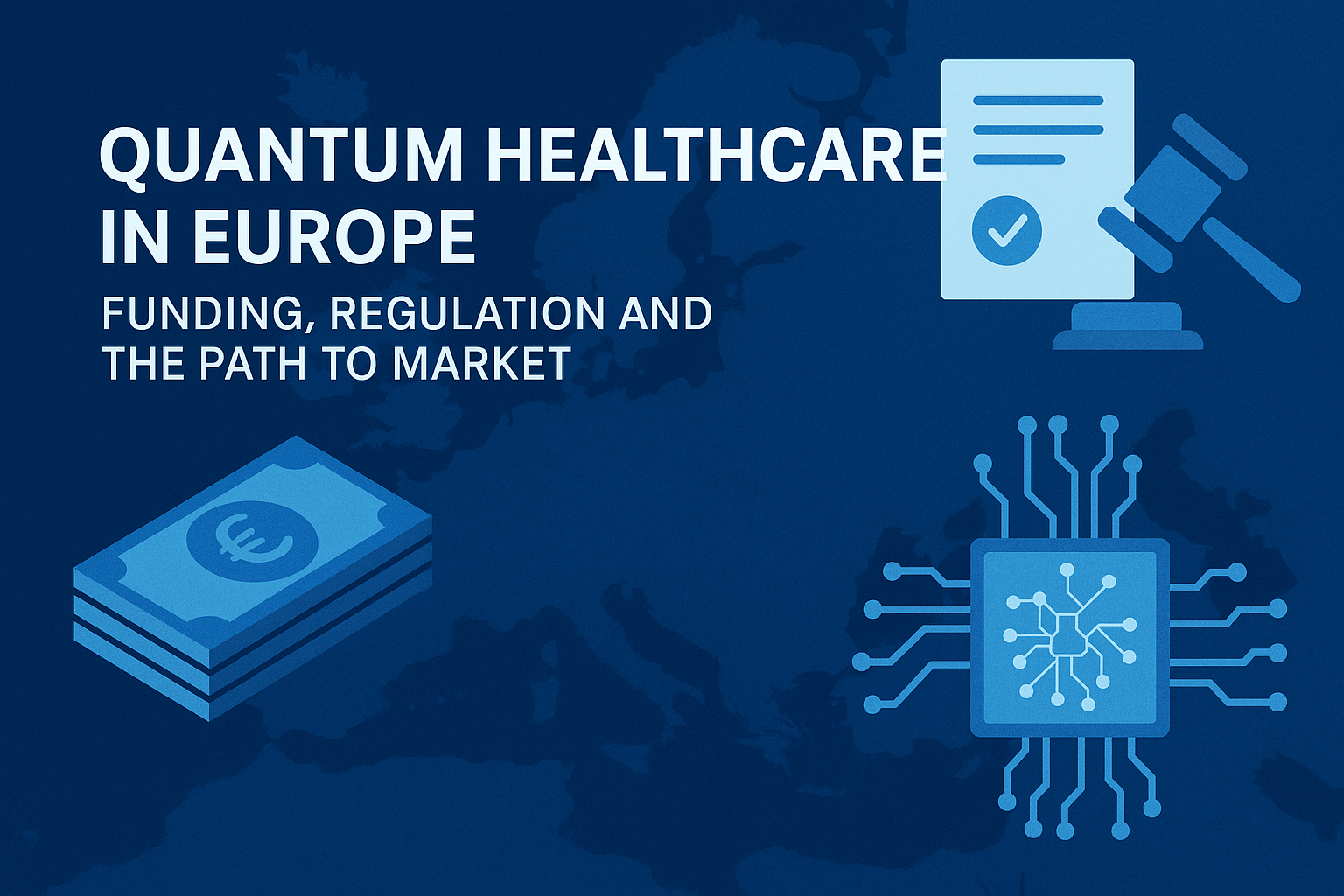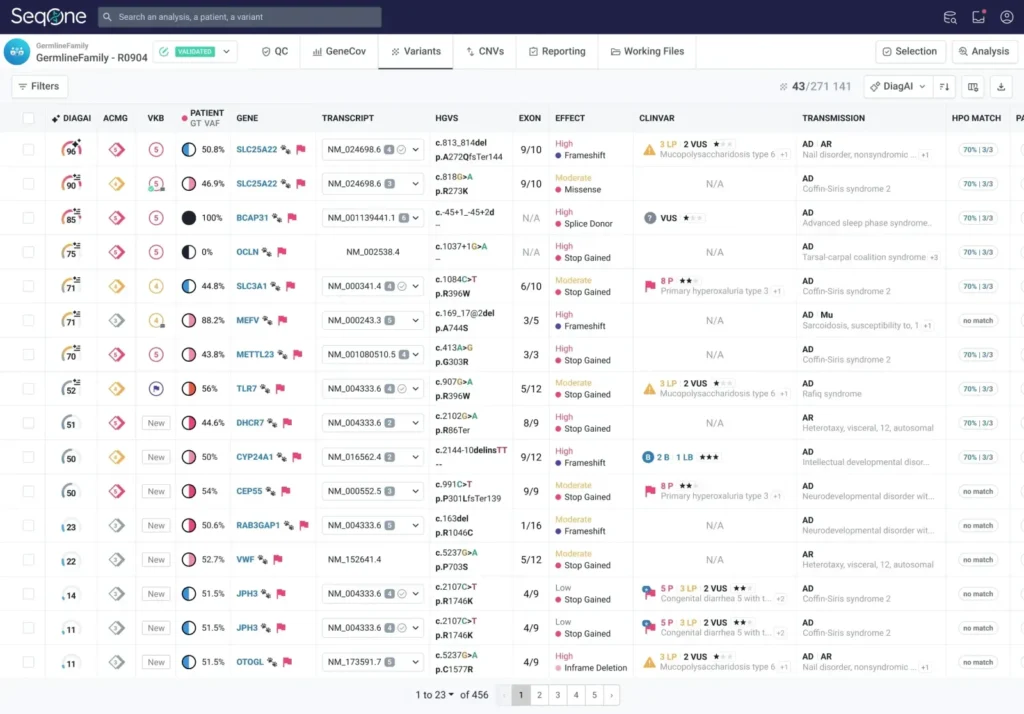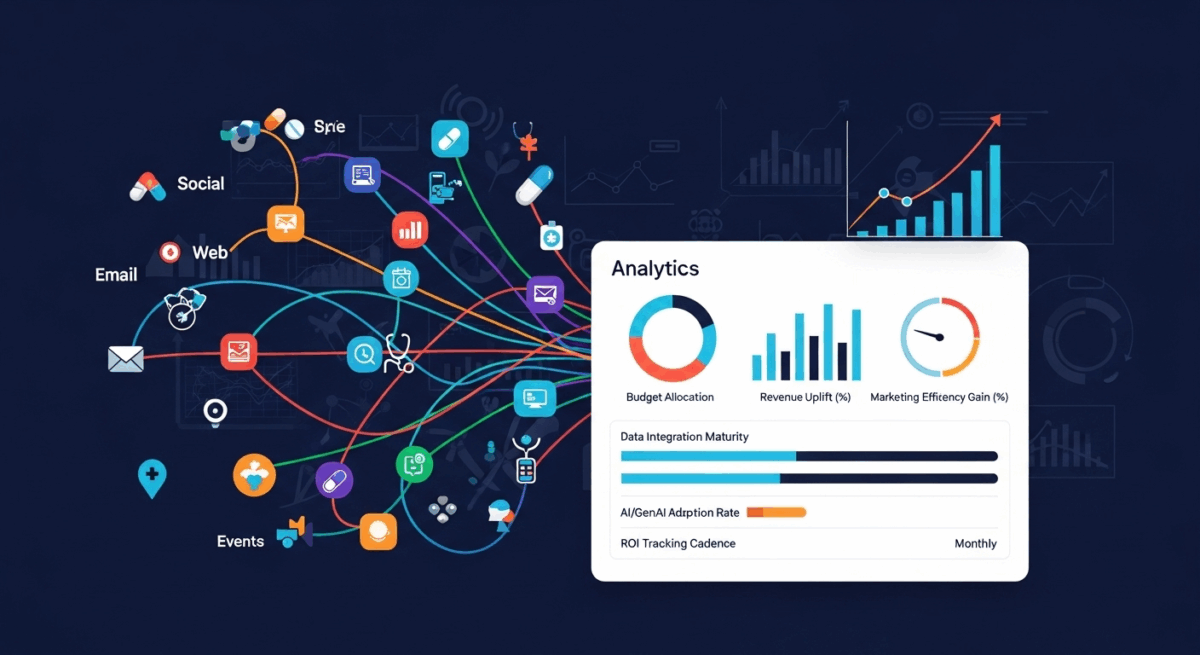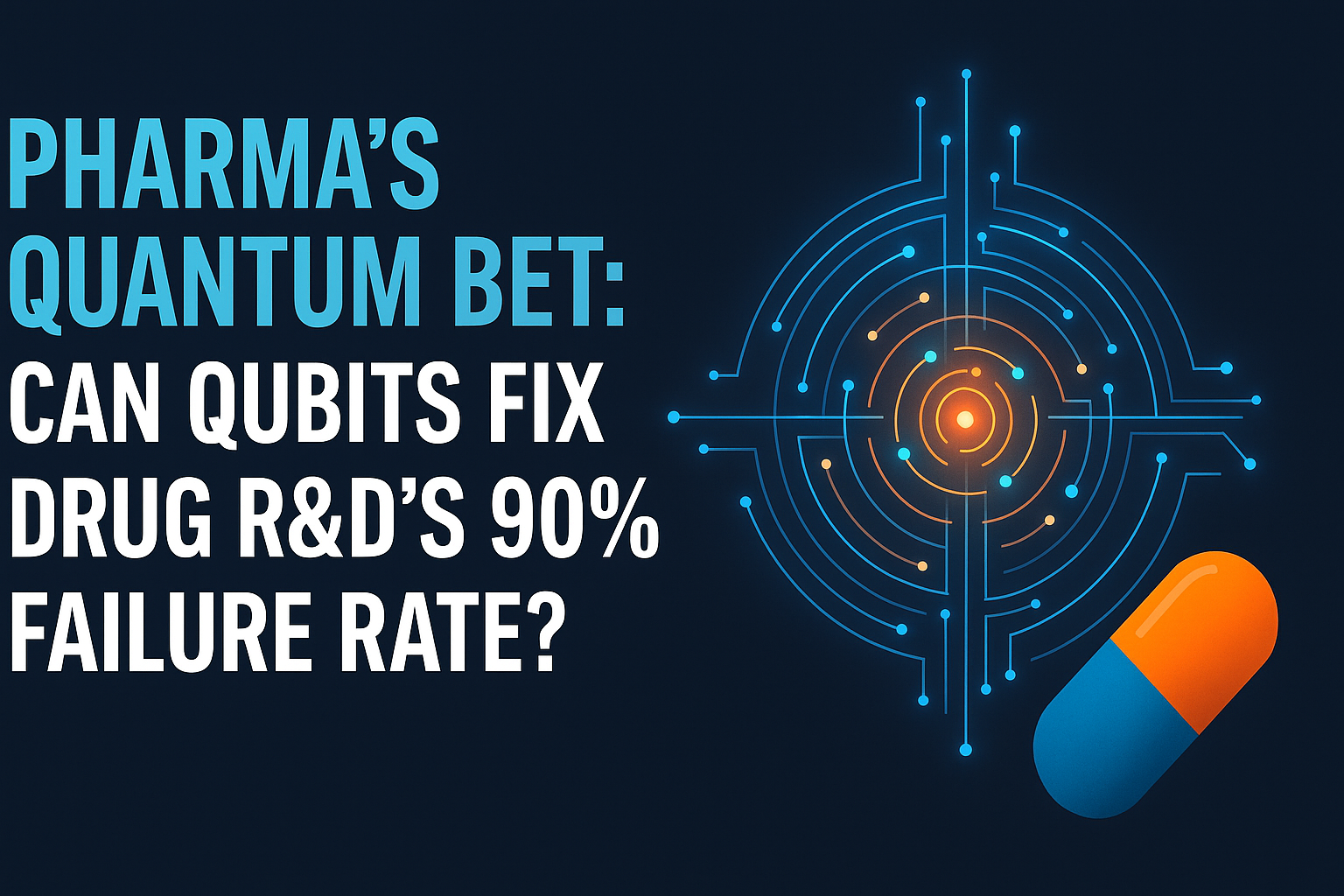Chronic care raises capital, CE-marks keep flowing, leadership benches shift, and new data reveals just how underfunded CEE’s healthtech sector remains. I am travelling, so this brief will be, well, brief.
People on the move
Venous Stent B.V. — Darren Spencer appointed CEO to drive its iliac venous stent programme into first-in-human trials and through EU regulatory milestones. NLC Health (Sep 2025)
Data4Life (Germany) — Dr. Ben Illigens named CEO to scale its health data platform (Data2Evidence) and tighten focus on compliance and translational research. Yahoo / Data4Life (Sep 1, 2025)
Money flows
Doctor.One (Poland/Europe) — €4M Seed led by YZR Capital with Impact Ventures and existing investors. The asynchronous chronic care platform is expanding into Germany, Spain, and the UK, with pharma partnerships already underway. EU-Startups (Sep 17, 2025); EIT Health (Sep 17, 2025)
On the press
- Johnson & Johnson Shockwave Javelin Catheter Launch — New peripheral intravascular lithotripsy catheter hits Europe, promising better outcomes for below-knee calcified lesions. Johnson & Johnson (Sep 15, 2025)
- Roche SmartGuide + mySugr CE Mark — CE approval for Roche’s Accu-Chek SmartGuide CGM integrated with the mySugr app; rollout planned across multiple EU markets. Biospace (Sep 17, 2025)
- AVITA Medical RECELL GO CE Mark — CE approval expands European access to RECELL GO burn care device. BioPharma Boardroom (Sep 15, 2025)
- CEE Funding Gap Report — New EU-backed investor guide highlights that CEE health ventures raise on average €1.8M vs €4.1M across Europe, and the region captures only 3.9% of EU’s VC funding. Medvia (Sep 12, 2025)
One thing to remember
Capital is flowing, but not evenly: while Western Europe powers up chronic care and device launches, CEE healthtech founders remain chronically underfunded. For investors, this looks like arbitrage. For founders, it means sharper evidence, earlier partnerships, and bolder cross-border strategies will be key to attract scale-up capital.
This content has been enhanced with GenAI.



